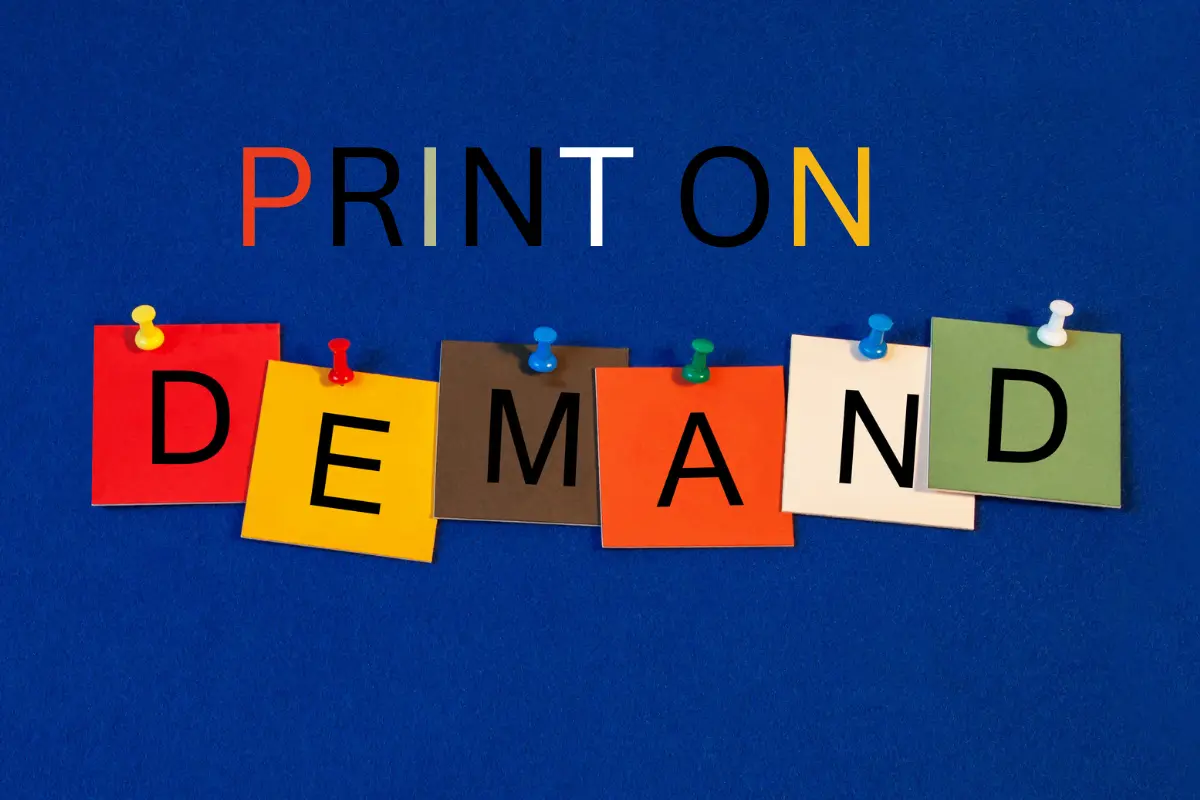How Print on Demand Companies Enhance Educational Materials
Print on demand companies have significantly changed the way educational materials are produced and accessed. Through their innovative solutions and convenient processes, these companies have managed to bring forth a multitude of benefits for educators, students, and educational institutions. In this featured post, we will explore how print on demand companies enhance educational materials, offering insights into the advantages they bring to the table.
1. Customization Tailored to Specific Needs
One of the notable ways in which on demand printing companies contribute to enhancing educational materials is through customization options. These companies allow educators and publishers to personalize teaching resources according to their specific needs. Whether it’s textbooks, workbooks, or study guides, print on demand services make it possible for individuals to create unique content for their students.
Unlike traditional publishing methods that involve large print runs and standardized formats, print on demand enables printing smaller quantities while ensuring variations such as language preferences or regional adaptations. This level of customization enhances the learning experience by providing materials suited precisely for a particular curriculum or group of learners.
2. Efficient Production Process
Print on demand companies streamline the production process of educational materials, offering efficiency benefits that traditional printing methods cannot match. With traditional publishing models, huge upfront costs are required for printing inventory upfront without clear visibility into actual future demand. This often results in waste if there is excess inventory needing disposal or causes delays when unexpected orders come in.
In contrast, print on demand allows for a more agile and responsive approach. Publishers can submit files electronically to be printed whenever an order comes in— reducing costs associated with warehousing and unnecessary inventory production.
3. Accessibility and Availability
The flexibility provided by print on demand makes education accessible across various platforms and geographic regions like never before. Digital advancements have enabled easy distribution partnerships with online bookstores, providing worldwide accessibility at affordable rates.
By eliminating technological barriers through easy-to-use online platforms that cater specifically to e-learning requirements like digital textbooks or flipbooks adaptable across different devices, print on demand ensures better access for students. This inclusive approach means that regardless of their location, students can receive the necessary educational materials on time without exclusions or limitations.
4. Sustainability and Reduced Environmental Impact
Print on demand also contributes to environmental sustainability by minimizing waste generation. Traditional publishing often involves speculation about future demand and requires large print runs to reduce costs per unit—a practice that can result in significant overproduction, leading to unnecessary waste.
On the other hand, print on demand platforms enable environmentally-conscious practices like just-in-time production and reduced paper consumption. By only printing when an order is received, these companies drastically reduce the need for excessive printing and warehousing of educational materials.
5. Cost-Effectiveness and Affordability
Print on demand companies offer a cost-effective solution for educational institutions and students alike. With traditional publishing models, the high costs associated with upfront printing, storage, and distribution can limit accessibility to educational materials or result in expensive textbooks for students.
In contrast, print on demand eliminates the need for large pre-printed inventory, reducing upfront costs significantly. This enables publishers to pass on lower production expenses to their customers, making educational materials more affordable for students. Additionally, by eliminating excess printing and warehousing costs, print on demand helps ensure that educational institutions do not incur unnecessary expenses while maintaining access to high-quality resources.
6. Quick Revisions and Updates
Educational content is continuously evolving with new research findings, updates in curriculum standards, or the emergence of innovative approaches in pedagogy. Print on demand companies enable a quick turnaround time for revisions or updates to educational materials—an essential aspect of providing accurate and up-to-date resources.
Unlike traditional publishing methods that require costly reprints when changes are needed, print on demand allows educators and publishers to make revisions electronically and have updated versions available almost immediately. This dynamic adaptation process ensures that educational materials remain relevant without delays or disruptions in delivering accurate information to learners.
Conclusion
Print on demand companies have revolutionized the production of educational materials and improved their accessibility and customization options. Through efficient production processes and digital distribution methods, these companies contribute significantly to enhancing educational experiences for educators and students worldwide.
By embracing personalization, promoting flexibility, offering worldwide accessibility, and minimizing environmental impact, print on demand has made a substantial impact in the field of educational materials production. This innovative approach ensures that resources are tailored to specific needs while preserving sustainability—an invaluable contribution to education today—and well into the future.
FURTHER READING







